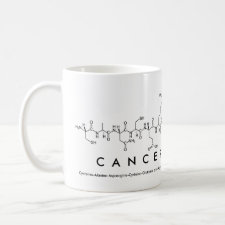
Authors: Leshchinskaya AP, Ezhova NM, Pisarev OA
Article Title: Synthesis and characterization of 2-hydroxyethyl methacrylate-ethylene glycol dimethacrylate polymeric granules intended for selective removal of uric acid.
Publication date: 2016
Journal: Reactive and Functional Polymers
Volume: 102
Page numbers: 101-109.
DOI: 10.1016/j.reactfunctpolym.2016.02.014
Alternative URL: http://www.sciencedirect.com/science/article/pii/S1381514816300335
Abstract: Suspension polymerization was used in the synthesis of new uric acid-imprinted porous adsorbents based on 2-hydroxyethyl methacrylate and ethylene glycol dimethacrylate in the shape of granules. Physico-chemical and adsorption properties of the synthesized adsorbents were studied as well as those of the reference adsorbent (i.e. synthesized in the absence of uric acid). The obtained polymer granules were studied by scanning electron microscopy. Systematic studies of equilibrium and dynamics of uric acid adsorption from aqueous solutions were performed at various temperatures (298 K, 310 K and 318 K). It was established that the amount of introduced template exerts an influence on structural features and sorptive capacity of the synthesized polymers. Molecularly imprinted polymers (MIPs) are capable of extracting uric acid from aqueous solutions with higher sorptive capacity than the reference polymer at various temperatures (298 K, 310 K and 318 K). The uric acid adsorption by the reference polymer (NIP-10) is in good agreement with the Langmuir model, while the uric acid adsorption by imprinted polymers can be better described by the Freundlich model. The MIP-40-10 polymer is capable of adsorbing uric acid with the highest sorptive capacity at three temperatures; the value of imprinting factor is also the highest (IF = 4.3, 298 K). The studies of adsorption thermodynamics demonstrated that the adsorption process is exothermic in nature
Template and target information: uric acid
Author keywords: suspension polymerization, molecular imprinting, Insoluble template, uric acid



Join the Society for Molecular Imprinting

New items RSS feed
Sign-up for e-mail updates:
Choose between receiving an occasional newsletter or more frequent e-mail alerts.
Click here to go to the sign-up page.
Is your name elemental or peptidic? Enter your name and find out by clicking either of the buttons below!
Other products you may like:
 MIPdatabase
MIPdatabase









